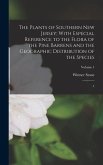A pine forest plantation of the Pinus caribaea species was studied. The composition and structure of the forest plant formation present in the La Sabina management area, belonging to the Lomas de Banao Ecological Reserve, was determined using the standardized floristic method of sampling by census itinerary with transect bands. The physiognomic analysis of this plant formation was also carried out, using 30 species characteristic of the study area. It was found that in this anthracite plant formation the diversity is high, represented by 87 individuals of 52 species, 41 genera and 28 botanical families. The most diverse families were Bromeliaceae, Polypodiaceae, Mimosaceae, Orchidaceae and Fabaceae. The predominant tree species were Pinus caribaea, Guazuma ulmifolia, Roystonia regia and Bursera simaruba. This forest has high diversity values that demonstrate that it is a mature and structurally complex forest formation, with several vegetation strata.
Bitte wählen Sie Ihr Anliegen aus.
Rechnungen
Retourenschein anfordern
Bestellstatus
Storno

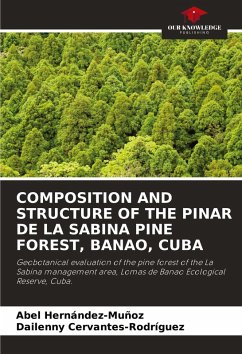
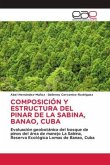
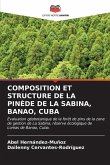
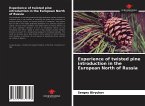
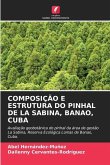
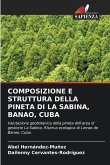
![Studies of Plant Life in Canada, or, Gleanings From Forest, Lake and Plain [microform] Studies of Plant Life in Canada, or, Gleanings From Forest, Lake and Plain [microform]](https://bilder.buecher.de/produkte/65/65492/65492404m.jpg)
